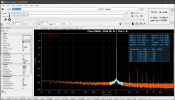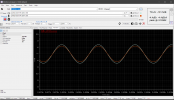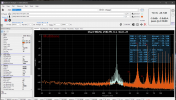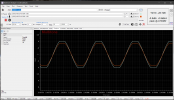The reason I am asking is that this is audio
science review, after all.

That is really a myth. Even when working perfectly, a driver converts 95-99% of the power fed into it into heat.
I'll butt in at this point: Science coming up with a
theorem
the·o·rem
ˈthē-ə-rəm
ˈthir-əm
Synonyms of theorem
1
: a formula, proposition, or statement in mathematics or logic deduced or to be deduced from other formulas or propositions
2
: an idea accepted or proposed as a demonstrable truth often as a part of a general
theory : PROPOSITION
Usually this is tested in some manner (based on EMPIRICAL KNOWLEDGE of what we know happens [or doesn't happen] to find out WHY it happen [or doesn't happen]) to decide is this theorem valid. So, in Sokel's testing of using more power on his particular speakers, that hasn't caused them to blow.
It may be that in order to blow them, he needs even more power.
But, as it stands, they haven't blown with the amount of power that he has used.
But it is known that a clipped wave will blow a tweeter at low wattage (and that has been proven).
And there is the case that too much power can blow a tweeter (which has also been proven.
In Sokel's case, he has proven that the amount of power that he is using won't blow his PARTICULAR tweeters.
So, know one knows how much clean power Sokel's tweeters can handle before blowing (but at some very high power level, they surely will).
It's just that no one knows what power level that will be at.
So Sokel's EMPIRICAL KNOWLEDGE (from [unintended, perhaps] scientific experimentation {will X amount of power blow his tweeter's) and the answer is No, that what he is doing, at the level that he is doing it, does no harm. That is scientific, as he performed an experiment and it gave him an answer.
Julf's Scientific argument is that Sokel just has not applied enough power for Julf's tweeters to blow. And is true also.
With all of this, I fail to see the issue. We know that clipping will kill a tweeter. And we know that extremely excessive power (even if it does not clip) will blow a tweeter. It is simply a matter of how much for whichever tweeter it is. But is is also proven that clipping will blow a tweeter at almost any power level, while it MAY take MASSIVE amounts of excess power to blow a tweeter. So, within the parameters of what is happening and what could happen, we know BOTH Sokel and Julf are correct. They should both know that also.
Again: What, exactly, is the problem here?



